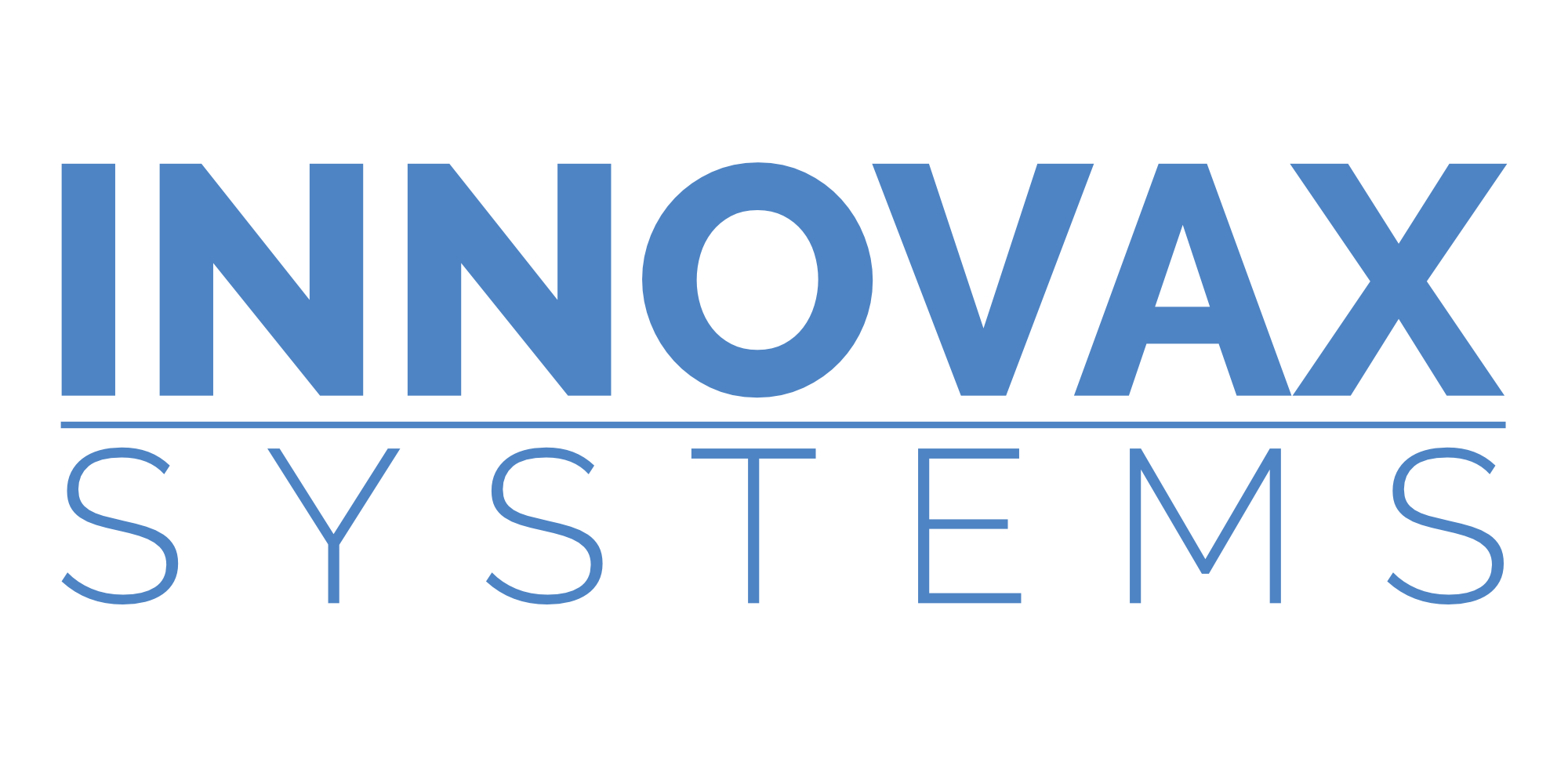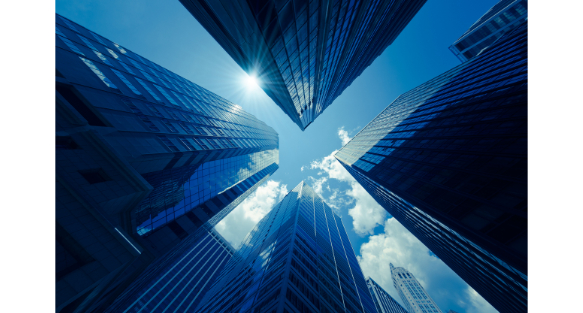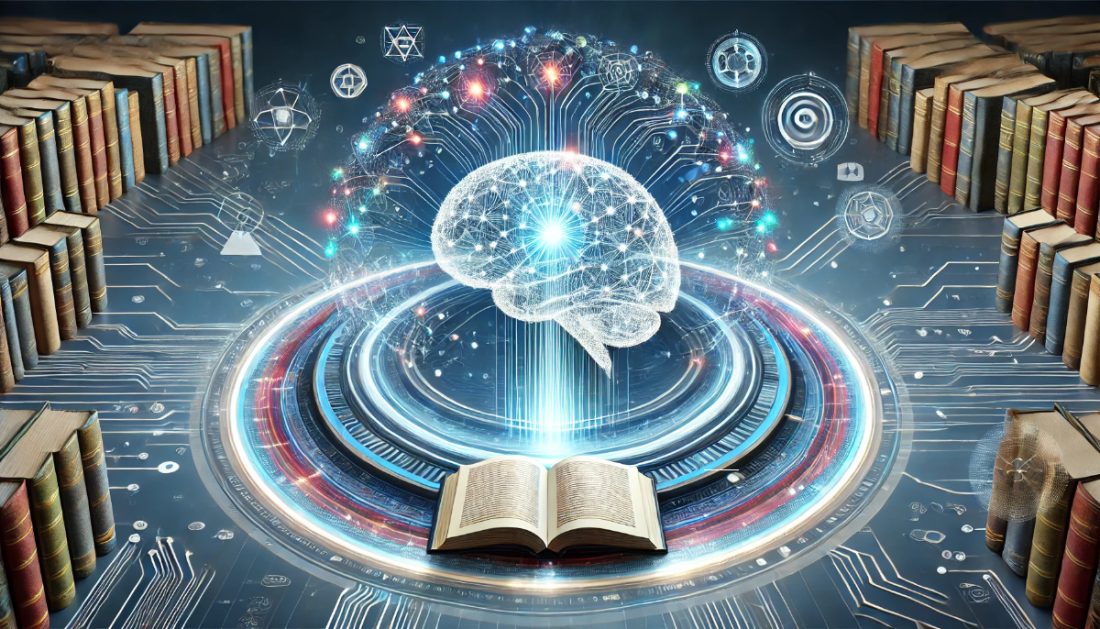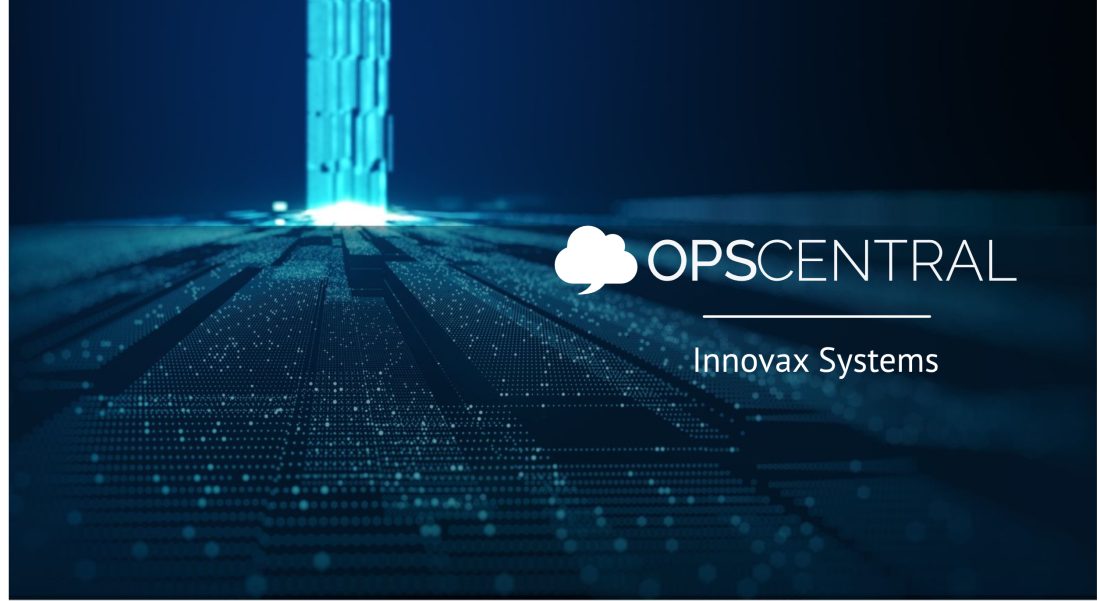Urban and Industrial Planning Consultant
June 2021
Sustainability, widening rich-poor gaps, work-from-home transformations, autonomous vehicles, energy transition, industrial automation, smart cities – these emerging and continuously evolving issues, trends and technologies are firmly in the radar of municipal leaders, real estate developers and investors. These items are well covered by the media, academia, and strategic consulting firms – each analyzing, predicting, or advising from its own vantage point.
Masterplanners are hired to design spaces that respond to new trends and technologies. They need to stay updated, think deeply, but also intuitively, on how all these emerging trends and technologies will work out in our intricately interlinked urban and economic spaces. At the end of the day, municipal leaders and real estate developers, already well-advised by their bureaucracies and strategic consultants, will want to work closely with masterplanners to help design the development plans that will advance their political or business visions of better urban spaces tomorrow.
Having worked on large scale urban and industrial development masterplanning projects in more than twenty countries, many in the developing world, for over twenty years marked by rapid socio-economic and technological changes, I have been frequently asked by clients to speculate on emerging issues, trends and innovations. As we move into a new normal in the post-COVID world, I wish to share my thoughts and insights on some of the now emerging issues, trends, and innovations that masterplanners will have to assimilate and respond to into their future designs.
Sustainable Development Goals
The world faces a major challenge in global warming. Average global temperature rise since the 1800s is on course to peak at 2.6°C around 2050, taking into account current government pledges, according to the Climate Action Tracker organization. Scientists believe that a rise of 2°C will cause many irreversible and catastrophic changes to life on earth, including plant and animal extinction, rising sea levels from melting ice caps and increase in epidemics.
About 9% of the world live in extreme poverty, according to the World Bank. Escalating climate change with more severe droughts, typhoons and altered marine food ecosystems, will impact more poor people in the developing world.
Over the years, the United Nations have refined goals and targets to end poverty and protect the earth from irreversible climate change impacts, culminating in a set of 17 Sustainable Development Goals currently adopted among member countries. To achieve these goals, governments and businesses must invest in health, education, agriculture, and infrastructure; take actions to achieve food security, provide clean water and sanitation facilities, protect against flooding and typhoons, create employment, ensure affordable housing, reduce waste and promote recycling, switch to clean energy and so on.
The developing world needs the financing provided by global institutions for many basic infrastructure projects; and the support of businesses and consumers in the advanced economies to buy goods and services produced in the developing world; stimulating economic growth, which will then enable those infrastructure loans to be repaid.
Water supply, wastewater collection and treatment, flood alleviation, port upgrading, economic zone development, and so on – these are critical projects that need to be carefully and creatively masterplanned in many overcrowded developing world cities with chaotic landuse arrangements and weak urban planning systems.
In the more developed world, ‘green’ infrastructure such as urban parks and the rewilding of obsolete industrial land to act as flood retention areas or natural wastewater treatment facilities, are gaining popularity. In Singapore, stormwater runoff in the urban area is harvested for industrial as well as domestic consumption, made possible by sophisticated collection and filtering infrastructure and a well-run development planning and control system.
The political environments in countries such as China and Singapore empower governments to acquire private land and resettle population to create green infrastructure corridors. In many other developing cities, government-led resettling of residents is often politically difficult. Traditional ‘grey’ infrastructure that can be overlaid onto existing landuse arrangements, and enhanced with some technological adaptation, are often the more feasible solution. For instance, to lay sewers across crowded informal settlements, Indian engineers have developed innovative methods for non-disruptive tunneling under narrow crooked roadways. In Medellín, Colombian planners created public outdoor escalators as mobility infrastructure for connecting the poorest informal settlements perched on valley slopes to the city center on the valley floor.
Throwaway Consumption
Many things are thrown away regularly in the modern economy, including packaging and cheap consumer goods. There is, however, a growing pushback around the world for a more sustainable lifestyle based on the mantra of reuse, recycle, reduce, repurpose, repair, rent, resale and sharing.
In the last decade, the fast fashion industry has grown exponentially with consumers in the advanced countries continuously buying trendy, relatively low cost, mass-produced clothing. Some out-of-fashion clothes are donated and end up being sold cheaply as second-hand clothing in the developing world. Nonetheless, the volume of discarded clothing continues to climb at alarming rates across the world.
Reduced buying by consumers will shrink the fast fashion industry and lower the carbon footprint of textile production, which is currently at about the same level as the automotive industry, according to the Ellen MacArthur Foundation. It is conceivable that if new sustainable consumption trends take hold, repair and rental services will become more prominent in future urban retail spaces.
On the flip side, the readymade garment industry has powered the rapidly growing Bangladesh economy and contributes about 80% of exports. Four million workers, 85% of which are illiterate women, are employed. The COVID pandemic has been devastating for these workers and the economy as factories close due to supply chain disruptions. Developing countries that are benefitting from low-cost production of consumer goods for advanced countries will be impacted when throwaway consumption is reduced.
Financial returns are no longer the sole focus of business. More multinational corporations and financing entities are now committed to ESG (Environment, Social and Corporate Governance) investments. Corporations that do not provide sufficient ESG disclosure will increasingly face greater regulatory, investor and consumer scrutiny.
Financial returns are no longer the sole focus of business. More multinational corporations and financing entities are now committed to ESG (Environment, Social and Corporate Governance) investments. Corporations that do not provide sufficient ESG disclosure will increasingly face greater regulatory, investor and consumer scrutiny.
Industrial park developers targeting ESG conscious manufacturers will have to provide sustainably developed spaces and green facilities such as wastewater treatment and recycling plants, waste heat and waste material exchange etc., at competitive costs. Commercial property developers are responding to the strongly growing demand for green buildings with innovative net-zero developments. In these developments, renewable energy generation (through solar panels, wind turbines etc., and sometimes on-site), coupled with battery power storage, can meet the total demands of carefully designed highly-energy-efficient buildings.
Large scale urban, industrial and tourism developments that impact local communities, especially if resettlement is involved, needs to take into account community concerns and ensure fair compensation. Increasingly, investors are unwilling to participate in tourism projects or locate in industrial parks where existing communities have been displaced, with lingering resentment against perceived unfair compensation.
Landuse Transformations
Office workers in most of the world have been working from home for over a year. By now, employers and employees both speculate that hybrid work arrangements – such as 50% work from home, 50% office hot-desking – will become permanent fixtures. Continuous refinement of hybrid work arrangements will enable business and government to better respond to the next pandemic. There are also benefits in normal times: businesses can reduce real estate costs and many workers can save time lost on long commutes.
The notable exception is China, where most office workers have returned to their workplaces since mid-2020. Work-from-home lasted only a few brief months, as the government has quickly brought the pandemic under control. Chinese managers do not have a comparatively long period of time for assessing work-from-home arrangements, and it is probably less risky for them to revert to familiar work arrangements.
Hybrid work, as well as lesser business travel with greater acceptance of video conferencing, will reduce the number of workers and the demand for office, retail, entertainment, and cultural space in many city centers. As commercial space demand drops, some office and hotel towers can be converted or redeveloped as residential apartments. More affordable housing within the city center will be welcomed in many cities around the world.
These trends may not alter currently prevalent urban design concepts for creating vibrant city centers, but municipal financial support for arts, cultural and other place-making activities will be curtailed as commercial property tax receipts fall.
With lesser commuting overall, congestion and carbon emission impacts from driving to work in low-density sprawling cities are reduced and air quality improves. At the same time, public transit ridership will stabilize at lower levels than before the COVID pandemic.
In the United States, Canada, and Australia, where low-density suburban development dominates, efforts have been made in recent decades to encourage higher-density transit-oriented development. However, in a post-Covid world where a significant proportion of work will be done at home, spacious suburban living has become desirable again for office workers.
Even before the COVID pandemic, online retailing has been gaining significant ground in the advanced countries. Many suburban malls in the United States have closed. In densely populated Asian cities, so far malls have survived better. However, the expert consensus is to expect continued expansion of online commerce and reduction of demand for physical retail space in developing countries over the next decade.
With the rapid rise of e-commerce and consumer desire for fast delivery, demand for many smaller warehousing spaces spread across the metropolitan areas have soared.
The COVID pandemic has hit developing countries harder. Government financial aid and fast vaccination rollout will enable richer countries to bounce back quickly. In the developing world, government support and vaccination rollout are lacking behind. Intermittent lockdowns have been devastating for many workers in the large informal sector in developing countries (such as hawkers, construction workers, domestic helpers). As the economy shrank, debt repayments for infrastructure loans must be renegotiated, and many previously planned infrastructure projects, expenditures and loans will have to be postponed. The near term outlook is not encouraging. Tourism, an important source of revenues and employment in the developing world, is expected to recover only gradually in the years ahead.
Lean global supply chains have been enabled by highly sophisticated supply chain software and logistics cost reduction through increased shipping and transportation efficiencies. Components are manufactured across many countries to take advantage of labor cost savings and tax incentives. The assembled products are then shipped to major consumer markets in the advanced economies. Product and component stocking and warehousing space throughout the global supply chain have been minimized.
COVID and other events in the last two years have disrupted shipping and business and now force many multinational corporations to rethink their lean global supply chains. As many components and products are manufactured in China, one reaction has been to consider diversifying the supply chain by relocating some manufacturing to Southeast Asia or Mexico.
In future, some labor-intensive manufacturing work in low-cost countries will be affected by increasing numbers of new highly automated plants in advanced countries. Advanced manufacturing facilities do not need many low-skill workers; a small pool of high-skill workers is sufficient to program the robotic machines. The labor cost advantage of offshore locations in developing countries is blunted and firms will prefer to site their capital-intensive production facilities near their markets.
In a report using data up to 2018, McKinsey estimated that around 40% of climate changing greenhouse gases are traceable to the oil and gas industry and the fuels that it produced.
Technological advancements have led to steep drops in the costs of solar and wind energy in recent years. In many places, renewable energy production can now outcompete fossil-based energy production.
Fossil fuels are, however, deeply embedded in our current world. New coal and gas power stations are still being constructed in many locations. In the years ahead, it can be expected that fossil fuel producers will compete more aggressively by lowering prices continuously to match the falling cost of renewables. While some high-cost producers will exit, lower-cost producers will want to increase and accelerate production before their fossil assets lose their value completely.
Government and financing institutions are taking actions to support the transition to renewables. However, the current trajectory for the replacement of fossil fuels with renewable energy still means that a global temperature rise of 1.5°C will be reached in the 2030s and 2.6°C by the 2050s.
Renewables power generation fails when the sun is not shining, or if the wind is not blowing every now and then. One solution is battery power storage. Roof-top solar panels coupled with home batteries have enabled many households to reduce their reliance on electricity generated in large fossil fuel power plants far away. At the industrial scale, renewable energy generation with battery storage now supports many smaller decentralized mini-grids serving remote communities, such as a Tesla solar and battery plant in Kauai, Hawaii serving a population of around 80,000.
There is much speculation that cheap, surplus renewable energy will be widely available in future, enabling the electrolysis of water to produce hydrogen at a feasible cost. Hydrogen fuel can potentially replace natural gas in many industrial processes, eliminating significant amounts of carbon emission. Governments in the advanced economies are actively financing research into hydrogen transportation and storage – key cost challenges that must be overcome to achieve widespread adoption of “green” hydrogen.
Despite the temporarily downturn caused by the COVID pandemic, demand for plastics and construction material such as cement, aluminum, steel is expected to grow strongly in developing countries in the years ahead. The production of these materials creates severe environmental impacts including high energy and water consumption, and carbon and noxious air emissions.
Waste disposal is another serious problem – plastic waste on beaches and construction waste illegally dumped along roads are common scenes in developing countries. Government regulations and incentives are required to reduce consumption in the case of plastics, and to increase the volume of recycled material fed into production processes. Less than 10% of plastics is recycled worldwide now.
Large-scale carbon capture and storage operations already exist today in a few locations - carbon dioxide is stripped from industrial processes and injected deep into the earth. These infrastructures are expensive; unless there are government regulations or carbon pricing mechanisms, firms will have little incentive to make the costly carbon capture investments.
New cement, aluminum, steel, and petrochemical plants will need to be located in carefully masterplanned industrial parks with shared facilities for water recycling, waste treatment, carbon storage, energy and emission monitoring, and so on. Decentralized solar and wind generation and battery storage are already feasible in many locations and can be incorporated into new urban and industrial master plans. At some point in future, when hydrogen infrastructure become commercially feasible, hydrogen transportation and storage facilities will have to be planned.
Electric and Autonomous Vehicles
The cost of electric cars is expected to fall below the cost of gasoline cars in this decade. In a future where electricity is generated predominantly by renewables, electric vehicles will help remove most of the 11% of global greenhouse emission from fossil fuels burned in combustion engine passenger vehicles (estimates from ourworldindata.org).
Fossil fuels burned in trucks contribute another 7% of global greenhouse gas emission. Manufacturers are actively switching over to the production of electric trucks. Some haulage in large countries such as the United States cover longer distances (for example, more than one thousand kilometers) than in places such as Europe, where typical haulage distances fall within current electric truck battery ranges. Startup companies are attempting to produce hydrogen fuel cell trucks that can be deployed on long distance haulage.
Electric vehicles are quieter and eliminate the noxious tailpipe emission of combustion engine vehicles. In a future world with electric vehicles only, there many new possibilities for the re-design of roads, buildings, and urban spaces. However, air pollution is not eliminated as all running vehicles create particulate matter emission from the wear and tear of brakes, tires, and road surfaces. To further reduce urban air pollution, a significant proportion of electric car commute will have to be replaced by higher capacity public transit trips. With lesser electric vehicles, the environmental impact of old battery disposal can also be reduced.
Self-driving or autonomous vehicles are appearing on the horizon. Trucking, taxi, and ride-sharing companies are watching these developments enthusiastically as they will be able to increase profitability by eliminating drivers. On the other hand, truck and taxi drivers and economic policy makers will have to prepare for this not too distant massive job loss reality.
A future where all road vehicles are autonomous will be safer as human driver errors are removed through more reliable artificial intelligence navigation systems. Road space can be reduced. Autonomous vehicles can drop off passengers and move on to another assignment or return to a remote base. Requirements for parking space will decrease, especially in commercial areas.
In an all-autonomous vehicle future, there will be many opportunities for reconfiguring urban spaces. For the next decade, there will probably still be a mix of autonomous and non-autonomous vehicles on the roads, a situation that does not provide clarity for planning urban spaces for the longer term.
The term “Smart City” first gained popularity in the years around 2010. Technology companies such as CISCO and IBM and many management consulting companies started to create a comprehensive narrative around a range of new technology to support municipal operations.
In the last ten to fifteen years, many new Smart Cities have been planned and existing cities have scrambled to adopt and announce their own smart city initiatives.
Arup, the British engineering consulting firm, conceived the Dongtan Eco-City Master Plan in 2005. Environmental sustainability measures and features were explicitly incorporated and detailed in the master plan for the new Chinese city, including wetlands rewilding, wastewater recycling, buildings with green roofs and natural ventilation, localized energy production through wind farms and solar panels and so on. Although Dongtan was not built, it inspired other smart eco-cities such as Masdar in Abu Dhabi and Tianjin Eco-City in China, which now has a population of several hundred thousand. More importantly, these precedents help spur the incorporation of emerging infrastructure technology into master plans for new urban and industrial areas.
Around 2013, Songdo, a new Smart City in Korea, touted the availability of Wi-Fi in public spaces and electronic panels at railway station exits indicating waiting times for connecting buses. In less than a decade, these features have become commonplace in many cities and are no longer considered Smart. Sidewalk Toronto, a Smart City proposed by Google in 2017 and canceled in 2020, would have had features such as garbage collection robots, a pay-as-you-throw system, landuses that could be changed dynamically based on Big Data collected surreptitiously on residents and their movements. It is conceivable that in five years, these features could appear in many new smart urban developments.
Any city or master plan could become Smart by incorporating some of the wide range of new innovative technologies that are continuously emerging. The right set of smart technology to select depends on the socio-economic, environmental, governance and operational challenges and issues that governments, planners and stakeholders have identified; and the cost-benefit from new technology adoption. Masterplanners must also accept that there will always be newer, better, and unforeseeable technological innovations a few years later while contemplating current smart city offerings.
Every now and then, an urban planning concept that has already been deeply entrenched in one location gets reformulated with excitement in another location. For instance, the concept of transit-oriented development gained popularity in 1990s as a reaction against suburban sprawl in the United States. American cities such as New York and Chicago have been transit-oriented developments since the last century. There are also many cities in East Asia and Latin America that have been planned and developed in tandem with mass transit lines before the term transit-oriented development became popular.
The 15-Minute City was promoted by Paris mayor Anne Hidalgo and technology professor Carlos Moreno in 2020. By walking or cycling 15 minutes, all residents will be able to reach schools, shops, community facilities and workplaces. This concept, as any urban planning graduate will appreciate, draws on the neighborhood unit concept propounded by Clarence Perry in the 1920s and mixed-use development advocated by Jane Jacobs in the 1960s. However, the reconceived 15-Minute City is a brilliant way of communicating desired urban living that reaches deep into the minds of urban citizens.
Neighborhoods with supporting facilities within walking distances have long been a way of life in many large-scale high-density masterplanned new towns developed from the 1960s onwards in England, Scandinavia, East Asia, Western Europe, and especially Eastern Europe.
The 15-minute city concept, however, will help motivate local governments and planners to re-examine existing non-masterplanned neighborhoods in lower-density cities to identify areas lacking convenient access to public facilities. Interventions to achieve the 15-minute city could include new public transit services, bikeways and sidewalk improvements, new facilities, and increasing landuse zoning density.
Balancing employment opportunities with residential population in a 15-minute neighborhood is considerably more complex. Local shops, social facilities and smaller manufacturing establishments can provide a limited amount of employment, drawing workers from the neighborhood. Workers often find better paying job opportunities in other neighborhoods.
Many knowledge workers that commute every day to central business districts are expected to be working from home in the future. However, a much larger portion of workers need to be physically present at their workplaces, often in the suburbs. According to Alain Bertaud in a Bloomberg interview, nearly three-quarters of commuting in Paris are from suburbs to suburbs, mostly by driving, while the radial train network converges on the city center. Better public transit serving peripheral employment locations is needed to reduce car trips.
In China and other developing countries, there are many large scale manufacturing operations with tens of thousands of workers in a single location, often a masterplanned industrial park. Workers are recruited across the country, usually from the rural areas, or even from other neighboring countries, and they are housed in dormitories. While many lower wage workers will have to eventually return to their villages with their savings, some higher wage workers will want to settle down in their new city. These has led to the masterplanning of many new industrial-urban suburbs, especially in China, where an industrial park development becomes the catalyst for a new urban district or city. Some of these industrial-urban developments, such as the Suzhou Industrial Park, have grown spectacularly over the last ten to twenty years.
Traditional master plans envisaged a twenty or thirty year development timeframe. Demand for residential, industrial, and commercial land are forecast and a blueprint for land, infrastructure and social facilities arrangement and development is then prepared. The key assumption is that the way we live, work, and play will remain more or less the same within the next twenty years.
Rapid, radical, structural transformations are more likely. Pressure to act on global warming will intensify; technologies such as automotive vehicles, artificial intelligence, and automation will replace workers and disrupt urban spaces. We fear but cannot discount a new pandemic that will strike us with profound unforeseen changes, as COVID did.
In such a fast changing environment, some large scale infrastructure with long paybacks may have to be re-conceived as smaller decentralized and phased modules. Master plans will increasingly become useful only for the foreseeable five years ahead. Plans will have to be reviewed and modified continuously. With rapid advancement in digital technology, master plans will become digital designs that can be reassessed and tweaked on demand.
Planners will still need a deep grounding in knowledge of how technology and trends have shaped urban spaces in the past to help them navigate through the deluge of information on nascent technology and trends; and to analyze how these could possibly re-shape the cities of the future. In addition, they will need to acquire and master new digital skills to create dynamic master plans that respond to rapidly evolving and radically different urban spaces in the not too distant future.
About Seehai Walter Ong
Walter is a director of Innovax Systems and has worked on master planning and consulting projects in over 20 countries.
His specialty is in large scale urban, industrial and infrastructure masterplanning, geographic information system, generative design, sustainable development, economic development in the developing world, smart cities, fourth industrial revolution, energy transition, brownfield regeneration and autonomous vehicles.




